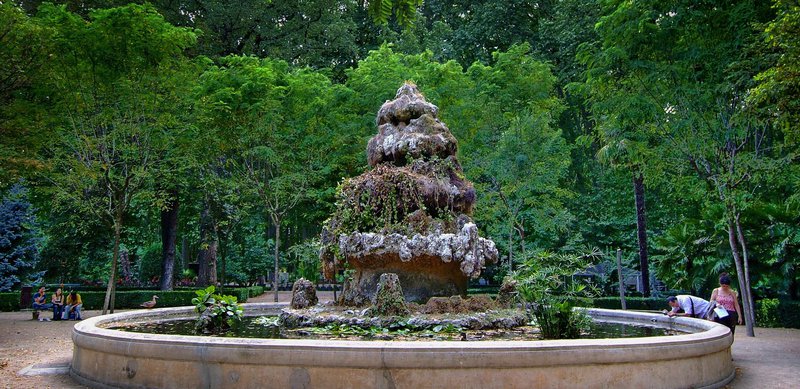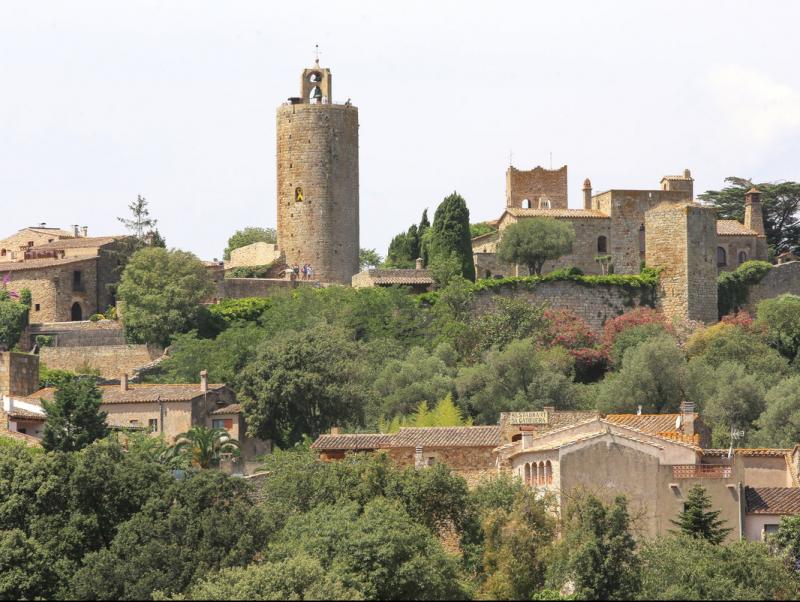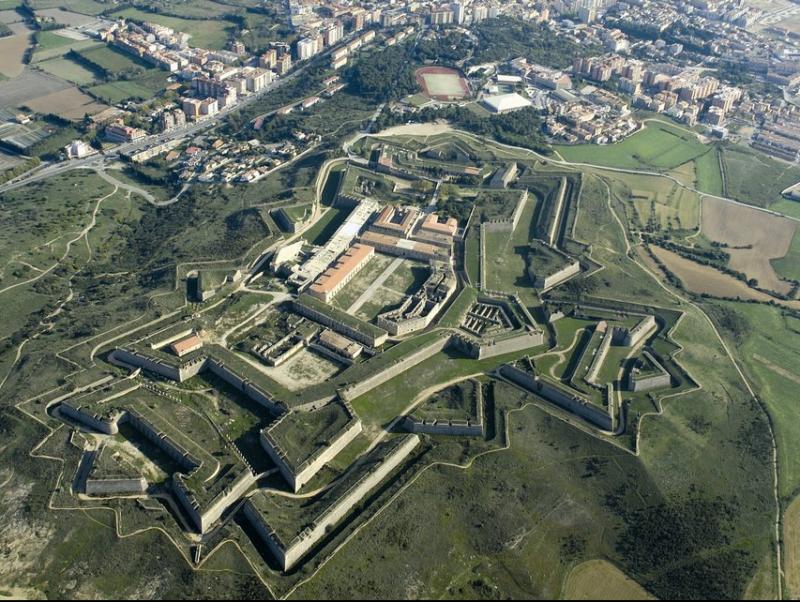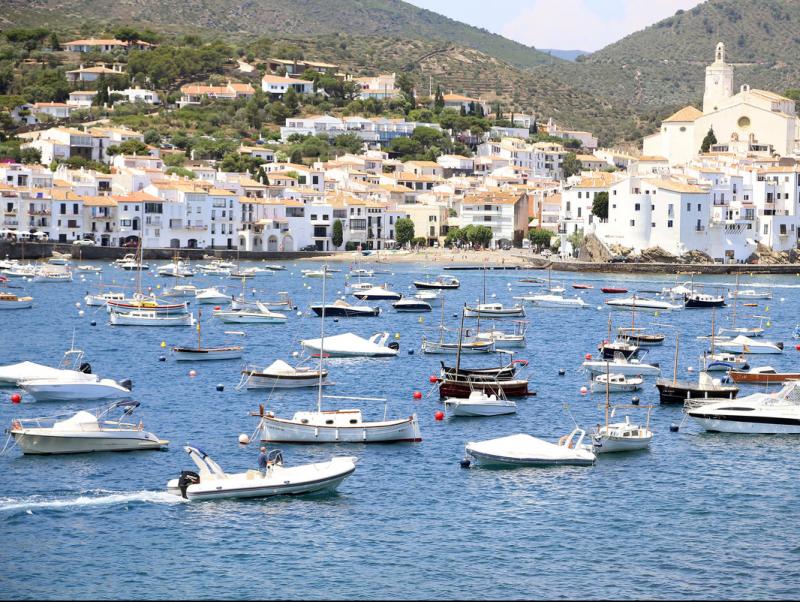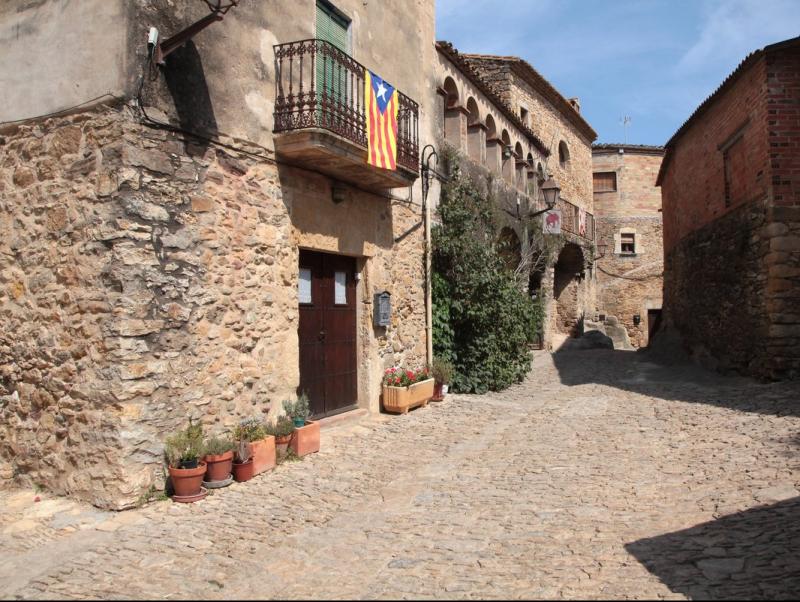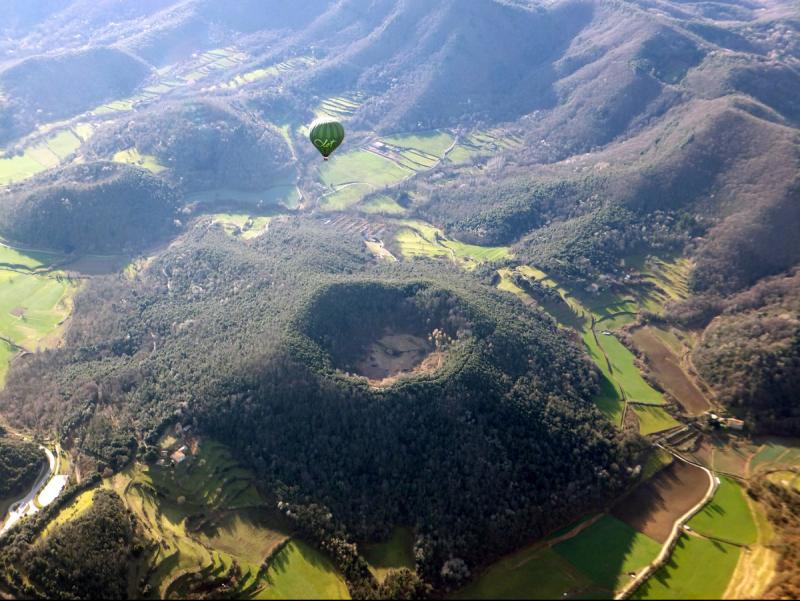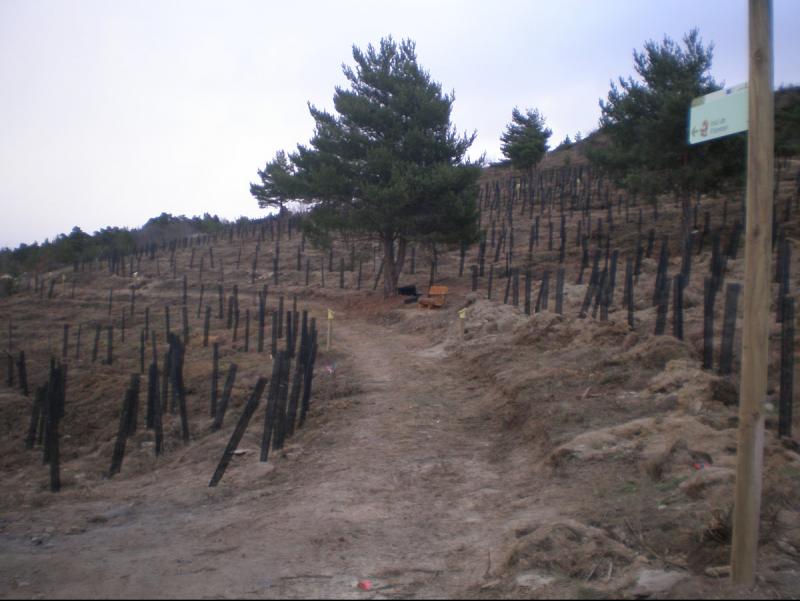Girona’s ’hidden’ nooks and crannies
More than 2,000 plane trees make up Girona’s Devesa park, which occupies 40 hectares and is the largest urban park in Catalonia. The mass of foliage can be seen from just about any high point in the city, but despite its lush greenery that promises cool shade in the summer, the park is still not very well known outside the city.
At the same time, the park is part of the sentimental legacy of many Girona residents, many of whom have spent afternoons there picnicking, jogging, visiting the market or simply strolling around the Ribes del Ter, next to the river. It also hides exquisite French gardens, the ideal place to sit and read or keep little ones entertained. The Devesa park is one of those “hidden” nooks of Girona that, for the time being at least, are largely free from the procession of tourists that visit the city.
In fact, many gardens in Girona can be considered hidden nooks that will delight visitors. If a local is showing people around, after the typical climb up to the cathedral, taking guests to see green spaces such as the Francesa and Alemanys gardens or the Passeig Arqueològic, is not a bad option. On the way, perhaps they will cross the usually dry Galligants riverbed and continue up through the John Lennon gardens, before reaching the St. Daniel Monastery. And, if they are not too tired by this point, or perhaps on another day, they could follow the strange Calvari path, or view the city in its entirety from the highest point, the Alemanys Gardens, and then follow the city wall, which is worth doing in the evening, to watch the sun set behind the Montseny massif.
If the host would like to prepare for the trip in advance, they could even book a visit to the cathedral’s vaults and bell tower. If the visitors were to leave the cathedral through the nearby Plaça dels Apòstols, it might be worth popping into the city’s Art Museum on the way. Down the stone steps, stopping off for a coffee in the “bar that has a Cathedral on its patio” – as locals know the bar by – is another possibility.
Now in the lower part of the city, the visitors will come across a bookshop, which has slender shelves crammed to the top with books, and which has one door on to Carrer de l’Argenteria and another on to Carrer de les Ballesteries, making it a great place to stop off and browse before continuing either one way or the other.
Meanwhile, a visit to the Cinema Museum, the only one of its kind in Catalonia, can be the ideal way to top off a very different type of day out in Girona, especially if accompanied by children.
Hidden gardens, secret corners and strategically placed cafes, as well as the city’s museums, are just some of the possibilities for seeing Girona from another perspective, and without the crowds of tourists.
Sant Narcís’ porticoed square
Plaça de l’Assumpció is a landmark that could be described as the nerve centre of the Sant Narcís district. The urban area was built after the Spanish Civil War, around a whitewashed porticoed square, where all the neighbourhood’s main services are concentrated. The square, if possible when La Volta market is there, can be a great start for a walk to one of the city’s other neighbourhoods outside the centre. Nearby is also to be found the medieval Pont del Dimoni bridge, which only recently reopened.

